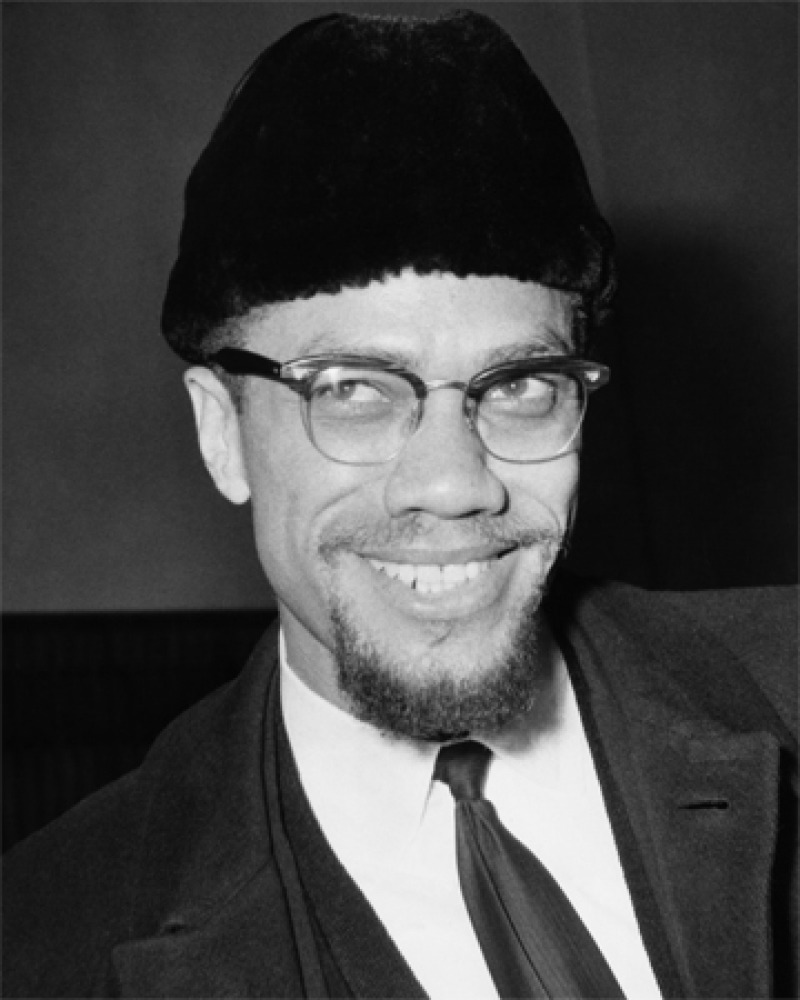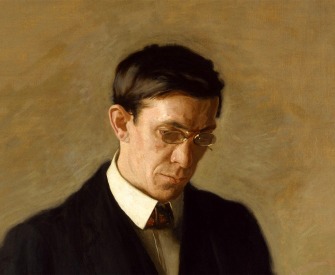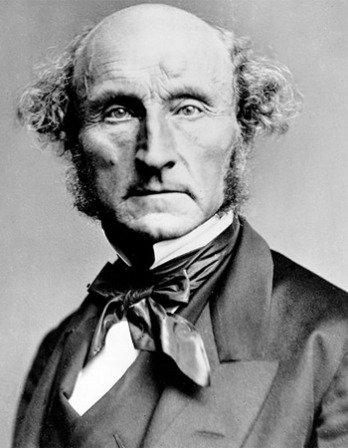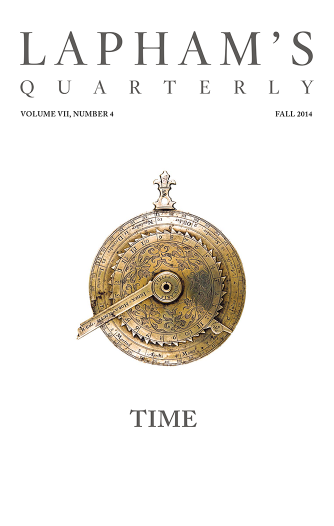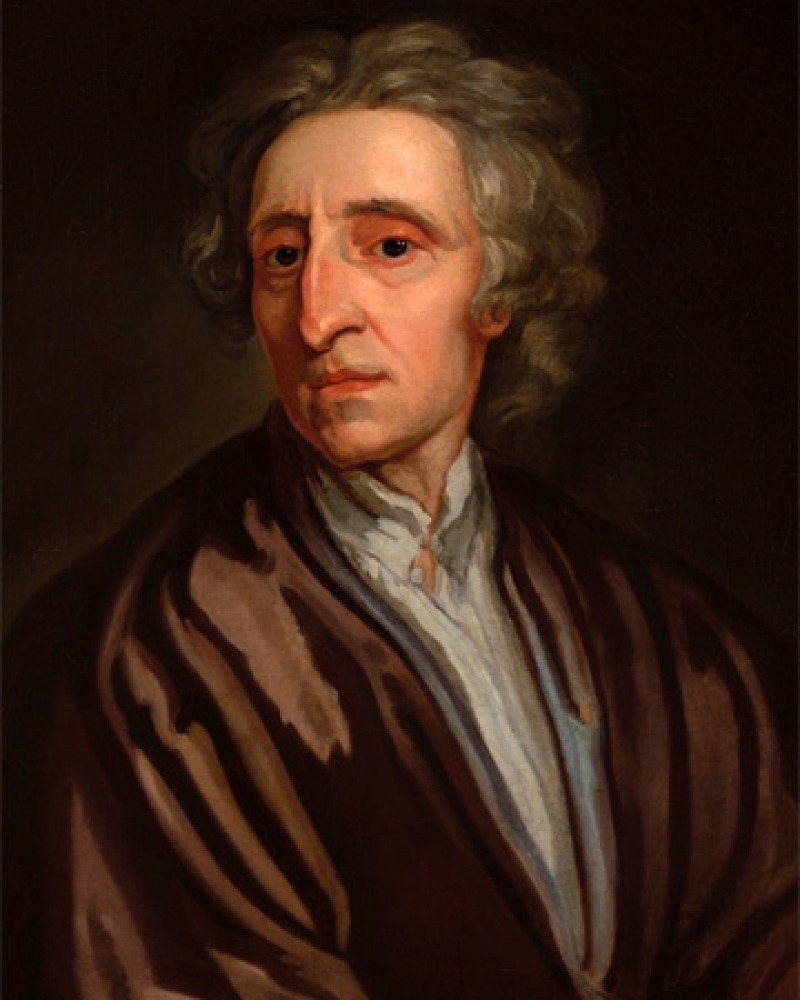
John Locke
“Some Thoughts Concerning Education,”
1693
“Some Thoughts Concerning Education,”
Crying. Crying is a fault that should not be tolerated in children—not only for the unpleasant and unbecoming noise it fills the house with but for more considerable reasons, in reference to the children themselves, which is to be our aim in education
Their crying is of two sorts; either stubborn and domineering, or querulous and whining.
1. Their crying is very often a contention for mastery and an open declaration of their insolence and obstinacy; when they have not the power to obtain their desire, they will, by their clamor and sobbing, maintain their title and right to it. This is an open justifying of themselves, and a sort of remonstrance of the unjustness of the oppression which denies them what they have a mind to.
2. Sometimes their crying is the effect of pain or true sorrow, and a bemoaning themselves under it.
